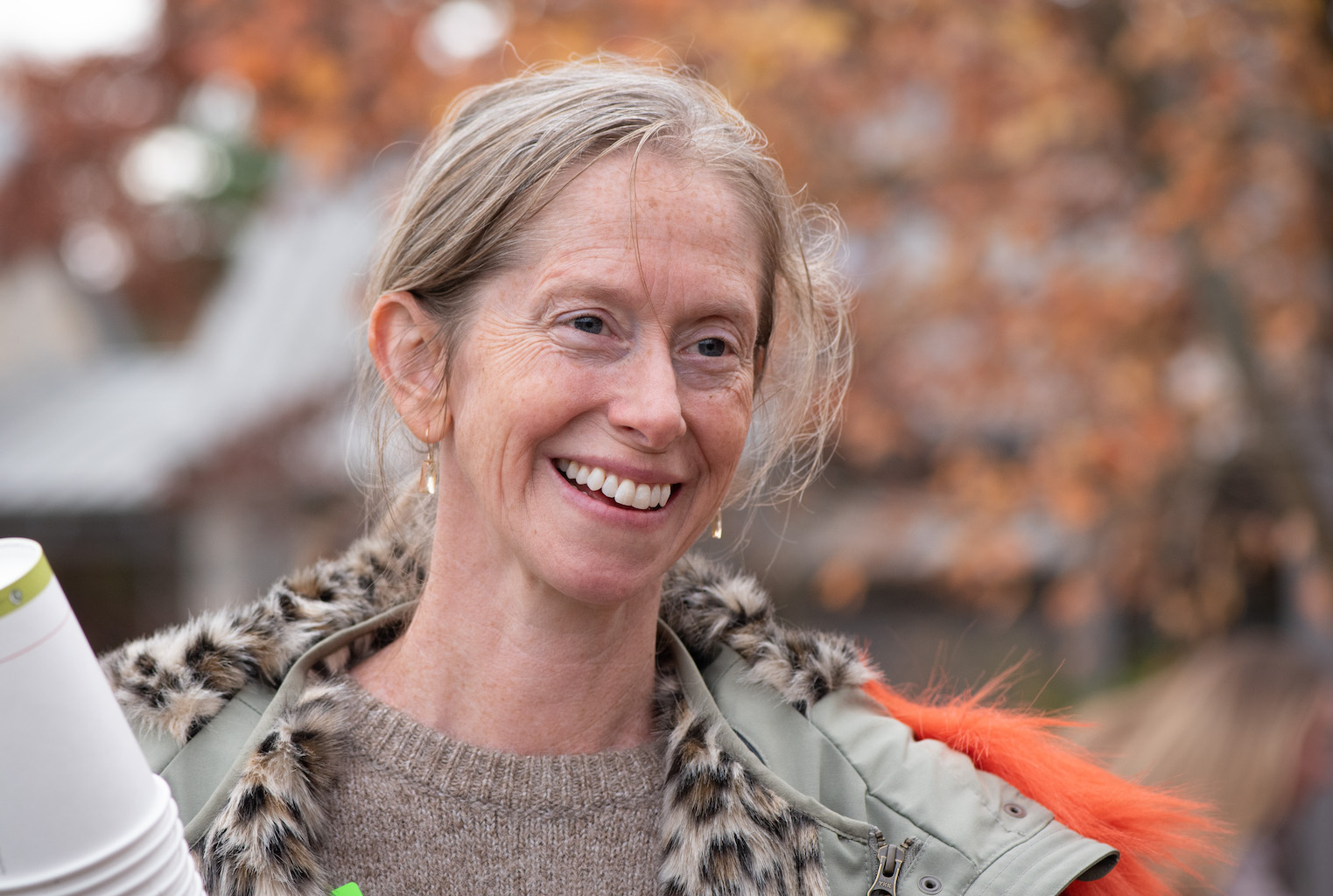We are so excited to welcome Elizabeth Pessin, Willow parent, former Parents’ Association co-President, and experienced teacher, to our middle school teaching team this fall! Elizabeth will be joining Willow as our Middle School English Teacher. While many in our community know Elizabeth well as a parent and volunteer, we wanted to take the opportunity to share a bit more about her teaching background, educational philosophy, and plans for the school year.
Elizabeth earned her Master’s in Elementary Education from Loyola Marymount University with an emphasis on Inclusive Classrooms. She served as a co-teacher in The IDEAL School of Manhattan’s middle school, where students were taught in multi-age groups. At Ideal, Elizabeth collaborated with her colleagues to develop their middle school curriculum, as well as a K-8 identity curriculum, and created learning profiles for students to guide differentiated instruction. She even helped coach soccer and basketball. Elizabeth has also taught caregiver classes at South Mountain Nature School in Maplewood, offering children and their caregivers an opportunity to observe and experience nature using all of their senses.
How did you first find Willow, and what appealed to you most about the school as both a parent and educator?
I first heard about Willow from a grandmother and retired preschool teacher when I lived in South Orange. We’d go on nature walks together with our babies, grandmother with her granddaughter, me with my daughter. We became close and would talk for hours about education, teaching, and what we hoped for our children. She suggested that, when it was time for either my kids to go to school or for me to go back to teaching full-time, I should consider The Willow School. She described Willow as a school that seemed aligned with my educational philosophies about meeting a child where they are, spending abundant time immersed in and learning from nature, and nurturing different types of learners.
By the time I began thinking about kindergarten, I had figured out a little bit about my children as learners and as people, one being mainly kinesthetic, another very auditory, the third visual, and the fourth, yet to be determined! I decided to visit Willow to see how it differed from other schools I had visited.
I remember very specifically on my initial tour, a first grader passed by us on the short pathway between the Schoolhouse and the Barn, and, after saying “hello,” informed me that she “needed to go sew this button back on [her jacket].” She was heading to Ms. Hilde’s [handcrafts room] by herself to mend it. It was this moment where I realized how much independence was being fostered here…and competence and self-esteem!
The school stands for so much that I want my children to experience, learn, and practice, whether that’s the time outdoors, hands-on learning, virtues, or systems thinking. I’m a process-oriented type of person, so [the emphasis on systems thinking] definitely resonated with our family too…and the rest is history. Our entire lives have now been built around this wonderful place.
Your family has been a part of the Willow community for five years. Can you tell us a little bit about what you and your family have experienced in that time that makes you excited to join as part of the faculty now?
The Willow community feels like a second family. One of the most important components for me as a teacher is creating a space where students feel comfortable and valued; this is a foundational step for the learning process. Knowing that there is a community here that feels very much like family is the foundation both for me as a parent enrolling my children here, and then also for me taking on this teaching role.
On top of that, the incredible joy of learning at Willow is something that my children bring home with them every day and something I’m excited to be a part of as a teacher. My children hop into the car and either a) they’re exhausted because they have had so many adventures at school or b) they can’t stop talking because they’re so excited about what they’re learning. At Willow, the learning is hands-on, children are encouraged to observe the world around them, and their different ways of learning are nurtured…plus, I love seeing my kids all muddy! There’s no other place like Willow. That magic is what I see as a parent and what I hope to participate in as a teacher.
Tell us a little bit more about your teaching background. What first drew you to teaching?
I’ve always wanted to be a teacher. My mom was a Middle School English teacher, and my college roommate went to school for teaching, and I was so interested in what she was studying. I started out my schooling and career in international marketing, but quickly decided it was not for me. I completed my Master’s in Elementary Education at Loyola Marymount University because it was one of the first programs focused on inclusion.
When I moved to New York, I worked at The IDEAL School of Manhattan, working one-on-one with students with special needs, then moving into a co-teaching role for second grade. Then I moved on to middle school and helped develop the curriculum for mixed-age classrooms for Grades 6-8. By the end of my experience there, I had taught fifth through eighth grade across different subjects.
I think the most interesting thing about teaching is this idea that every single person learns differently, processes differently, and expresses differently. So as a teacher, yes, you have a general flow of how things might go, you have your goals, and you have your objectives, but you understand that every child is going to approach it differently. The role of the teacher then becomes figuring out what works best for a child and how to measure progress within that child in an individualized way. It’s an incredible process.
Can you expand upon your differentiated approach to instruction? What does the process look like for discovering students’ learning styles and adapting curriculum?
It starts with getting to know the students, understanding what type of learner they are, and then being able to, within the scope of a particular project, let those individual methods be used in order to reach an end goal. The more that you get to know the students as the year progresses, the more natural it becomes to differentiate the work.
So for example, if you have a visual learner and an auditory learner, the way that they output their processing is going to look very different. When I’m thinking of pre-writing ideas and how to work with different learners, for a visual learner, it might involve more graphic organizers or drawing opportunities, while the auditory learner might be creating a report to present to me aloud. The end product may look different for each child, while still showing the learning to reach that goal. When you know how each child learns, it changes your prep work and how you scaffold information as a teacher to meet that child where they are, too.
What are you most excited about when it comes to working with middle schoolers?
I love middle school! I’m most excited to have this opportunity to connect with all of these incredible people that walk in the door every single day, wondering what might happen and what they’re going to learn. I think the complexities with middle school in terms of where they are in their growth and development give the teaching and learning experience so much more depth. Conversations about who they are as people and how they interact with this gigantic world can happen. These are important years for these students, and I’m excited to be a part of this process for them.
I hope when they come into the English classroom, they learn that they can express their ideas, share what resonates with them, discover why certain themes are important to them, and understand the power that they each have in terms of who they are becoming. I’m hoping to create a room full of questions and curiosity, where the students know that they are supported – that their ideas are valued, meaningful, and powerful. Willow allows for each person to come in and be who they are and to be able to grow within that, and there are very few places that nurture this process.
As you’re updating the English curriculum, what are some big themes you’re planning to cover, and what do you hope students gain from their time with you?
As I’m developing the curriculum, my main objectives are that students develop a curiosity for literature and storytelling, an appreciation of written expression, and confidence in their own written expression. I hope that my students will walk away understanding that their ideas are significant, and that there are ways to express those ideas in writing. Themes that I’m investigating and developing for the curriculum include Community, Continuity and Change and Time, Power and Responsibility. Unit frameworks may include Narrative, Memoirs, Research, and Expository forms, Letter-writing, Self-discovery through Journaling, Poetry, and more. Stay tuned as these are refined and updated!
Interested in learning more about Willow Middle School? See what makes our program unique and start a conversation with our enrollment team here. It’s not too late to apply for the 2023-24 school year!

